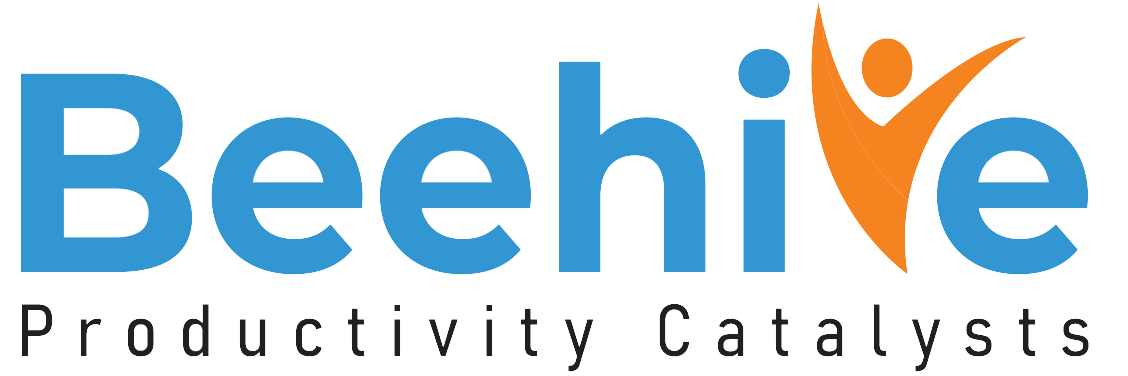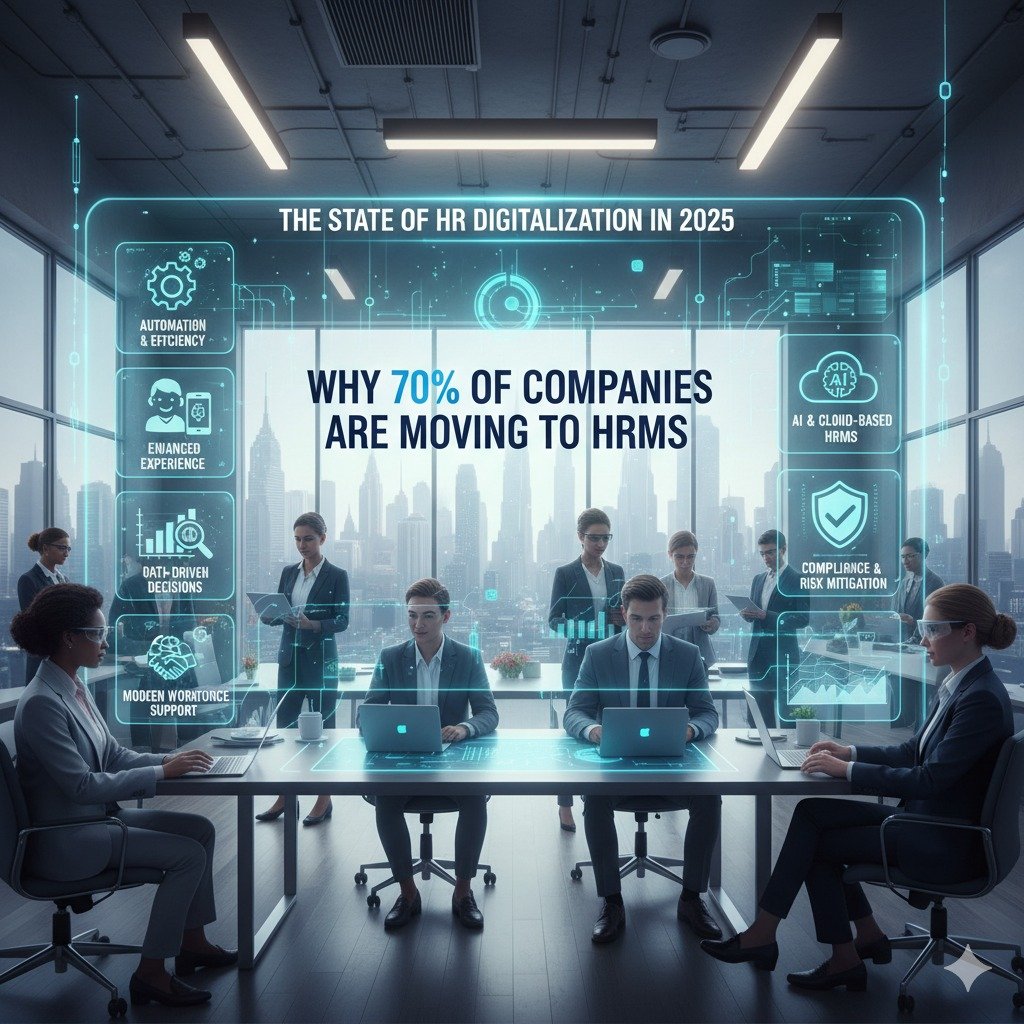HR is not your party planner but retention specialist
In 2025, the role of HR is undergoing a long-overdue transformation. It’s no longer confined to planning birthdays or mediating squabbles over office thermostats. Today’s HR teams are the architects of employee experience and the frontline defense against attrition. Businesses need HR to operate strategically and it is more urgent than ever. To retain top performers, companies must stop treating HR like the office concierge and start empowering them with real tools, real data, and real authority.
HR can do more than fun event planning
HR has spent decades saddled with party-planning duties and annual review reminders like a well-meaning middle manager with a clipboard and a cake. If you have ever said, “Let’s ask HR to organize the team picnic,” you might be part of the problem. HR is not your office party planner but your company’s most underrated strategic asset.
Especially in 2025, when attracting and retaining skilled talent have become harder than solving a Rubik’s Cube blindfolded during an earthquake. Companies that treat HR like admin support will keep losing their best people to organizations that empower HR with data, automation, and a voice at the leadership table. HR with right tools has the power to prevent your company from bleeding top performers in a highly competitive talent market.
Strategic role of HR in 2025
Forget the stereotypes. Today’s HR leaders are analysts, architects, and advisors. They are tasked with strategic workforce planning inclusive workplaces, forecasting attrition trends, and aligning talent with business goals. Now, HR strategy is business strategy. But what does that mean in real terms? It means HR teams are:
- Building skills frameworks for future-proofing talent.
- Designing hybrid workplace policies.
- Creating data-driven performance models.
- Managing well-being programs that directly affect productivity.
- Developing retention strategies based on real-time feedback.
And they can’t do any of that with spreadsheets, outdated processes, or being pigeonholed as “people’s people.” HR in 2025 needs tools, authority, and technology.
The talent crisis: Why retention is HR’s core mission
HR is not just managing people, they are managing organizational survival. This means Retention is not about handing out spot bonuses or pizza slices. It’s about solving complex, layered issues like:
- Employee burnout
- Inequitable career growth
- Poor manager-employee relationships
- Lack of purpose and recognition
- Broken onboarding and exit feedback loops
All of which HR can influence if they are given the right tools to act.
What is holding HR back?
Despite being the torchbearers of company culture and talent health, most HR teams are under-equipped. Here’s what typically slows them down:
- Legacy Systems and Manual Processes
Still, running performance reviews on Excel? Using email chains for approvals? It’s like asking a Formula One team to drive a go-kart.
- Siloed Data
When exit interview insights, engagement scores, payroll data, and manager feedback don’t align, then HR can’t form a complete picture. Data is powerful but only when it’s integrated.
- Reactive Posture
Many HR teams spend their energy on compliance checklists and crisis management. This leaves no room for proactive culture building or workforce planning.
- Lack of Influence
When HR reports to finance and is excluded from strategic decisions, you end up with “budget-friendly” culture programs that solve nothing.
Tools the HR team needs to retain talent
If you want HR to do more than send Happy Birthday emails, give them tools that work as hard as they do. True retention starts with effective employee experience management, powered by data and tech. Top-performing teams have invested in an integrated HR technology stack that automates, tracks and scales their people strategy.
- Automated Onboarding and Offboarding Systems
First impressions matter and so do last ones. Employee lifecycle automation creates consistency and reduces friction. For exits, systems like Beehive’s E-Separation module enable HR to gather insights and learn from every departure.
- Engagement and Feedback Platforms
Ongoing pulse surveys, 1:1 feedback loops, and sentiment analysis offer workforce engagement insights that static annual surveys miss. This allows HR to measure the health of the workforce in real-time and not during the annual “employee satisfaction survey.”
- Learning and Development Integration
Retention and development are joined at the hip. Integrating skills assessments, career paths, and internal mobility platforms shows employees that growth is possible within the company.
- Attrition Analytics and Predictive Modeling
Smart HRMS platforms now include predictive tools that flag flight risks based on trends in attendance, performance, and engagement. With people analytics, HR can track early indicators of disengagement and intervene before a resignation hits the inbox.
- Compliance and Documentation Automation
Let HR spend less time hunting for policy documents and more time refining your EVP (employee value proposition). Automated compliance tools prevent chaos and protect your brand.
Move from reactive to strategic with Beehive HRMS
Beehive HRMS equips HR teams to work more than mere administrators. This Digital HR transformation is more than an IT initiative. It is the foundation of proactive talent retention which means diagnosing the root causes of attrition.
Here’s how we help:
✔ Automated Exit Management with E-Separation
From resignation submission to FNF calculations and document generation, Beehive streamlines offboarding. No paperwork, no dropped tasks, but a seamless process that protects employee dignity and corporate compliance.
✔ Exit Insights for Real-Time Retention Decisions
With attrition reporting and reason analytics, you no longer guess why people leave. This data enables HR to build stronger retention policies, address toxic teams, and flag manager-specific issues before they escalate.
✔ Centralized Employee Data & Reporting
Beehive integrates key HR data of leave, payroll, feedback, and separation in one place. Data-driven HR decisions help track the entire employee journey and take informed action at every stage.
✔ Custom Workflows and Notifications
Whether it’s collecting no-dues from multiple departments or setting up handover checklists, Beehive keeps the process moving. Auto-notifications ensure no task is missed and no stakeholder is left in the dark.
✔ Employee Experience, Not Only Compliance
By digitizing key workflows and reducing manual workload, Beehive gives HR time and space to focus on building culture, not just pushing paper. A better exit experience = stronger brand reputation and potential boomerang hires.
Your HR team is ready and waiting for the right tools
HR has become the linchpin of organizational agility in a climate where skills, tools, and talent needs evolve every quarter. HR is not your cruise director but your first and last line of defense against talent loss, culture decay, and productivity collapse. The era of seeing them as the “people who plan the party” is over.
In 2025, HR is your retention engine that needs fuel, data, and a dashboard.
More than regular HR software, Beehive HRMS is the operational backbone for HR teams ready to lead. From intuitive automation to actionable insights, we help HR professionals do more of what matters. Let’s keep your best people exactly where they belong.
Want to stop managing chaos and start building retention? Empower your HR with Beehive.






